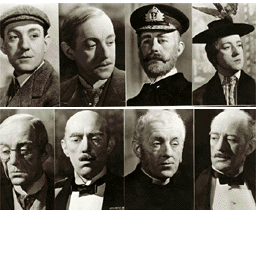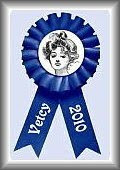It seems as though Earl Spencer has been cleaning the tat out of his attics, and oh, what tat it is. Here are just a few of the items sold last month at Christie’s Auction Room, King Street, London.
Mrs. Dora Jordan (1761-1816), mistress of William IV. Acquired at a sale of her effects by Frances Isabella, Lady Clinton (d. 1875) who placed it in the Dining Room at 28 St. James’s Place. By descent to her niece Lady Sarah Spencer (1838-1919) and by descent to Albert Edward John, 7th Earl Spencer (1892-1975), by whom removed to Althorp, Northamptonshire, in 1923.
Silver-mounted tapering Doccia porcelain étui of round section, the porcelain body decorated with antique scenes moulded in relief, the cover decorated with sea shells and rocaille in relief, within hinged brown fitted leather case; together with, another porcelain étui of round section mounted in gilt-metal, the porcelain body decorated with painted flowers; together with, another gilt-metal mounted porcelain étui of oval section, the porcelain body and lid decorated with foliage and masks, centred with circular cartouches containing bows and arrows, the cover cartouche painted with ‘Souvenir’ and, on the body, with ‘d’amitié’, gilt borders and swags to both cover and base, together with, another gilt-metal mounted enamel étui of rounded reeded body decorated with diamond pattern with a flower depicted at the centre of each (4)
The later arms on the doors are those Spencer accoll with Spencer impaling Baring for Charles, 6th Earl Spencer, K.G., (1857-1922) and his wife Margaret (d.1906), daughter of Edward, 1st Baron Revelstoke, whom he married in 1887. These arms were possibly applied for the coronation of King George V on 22 June 1911, at which Earl Spencer presided as Lord Chamberlain.
The initial is almost certainly that of Edward John Spencer, Viscount Althorp and later 7th Earl Spencer.





































